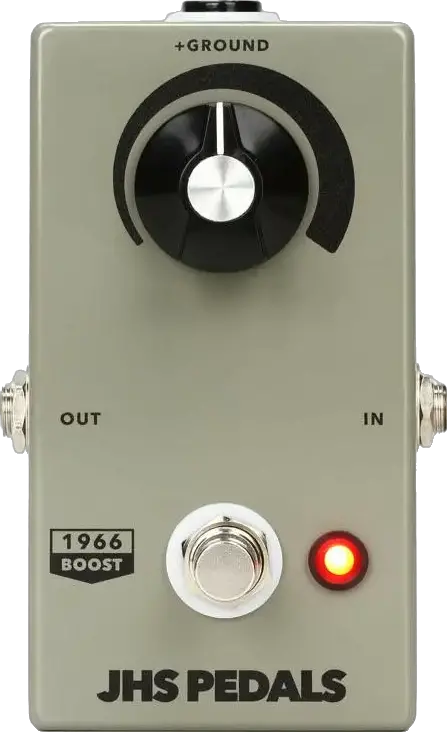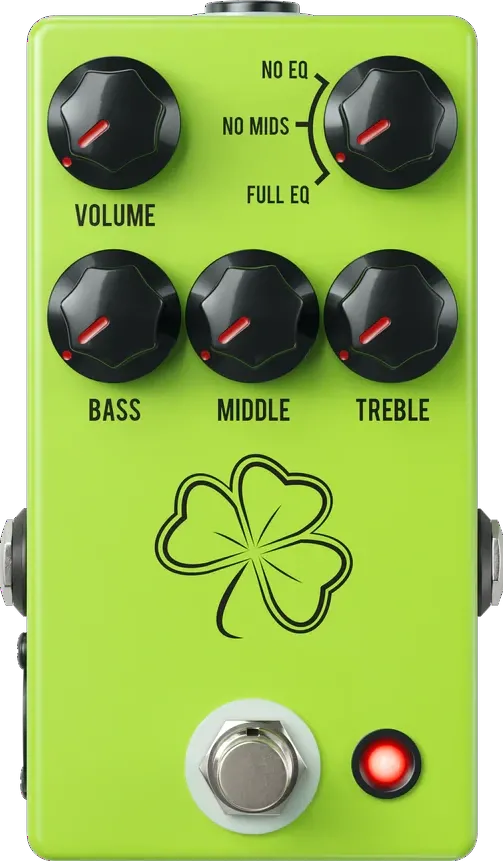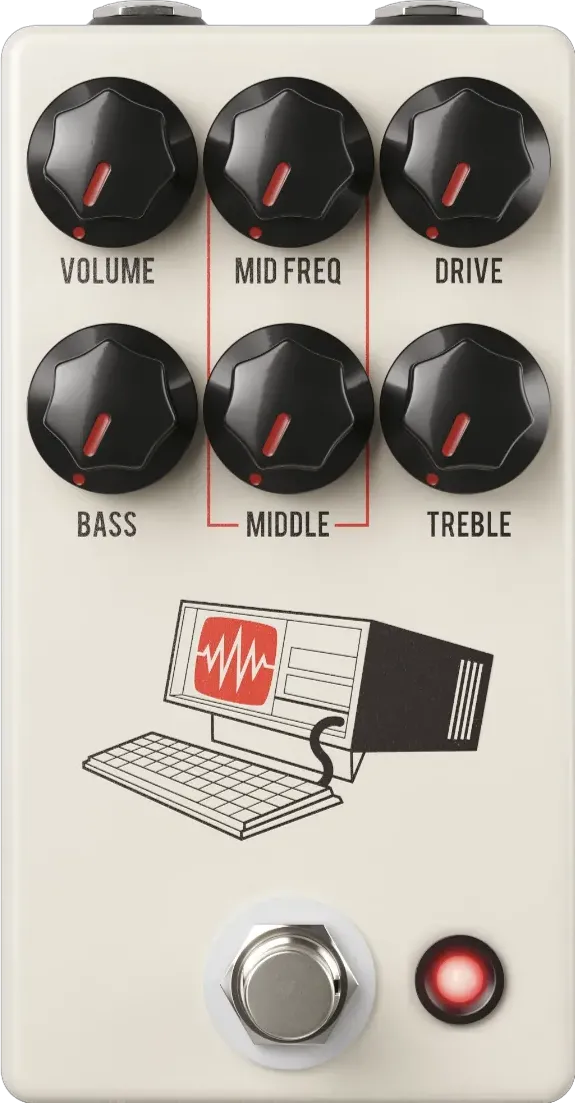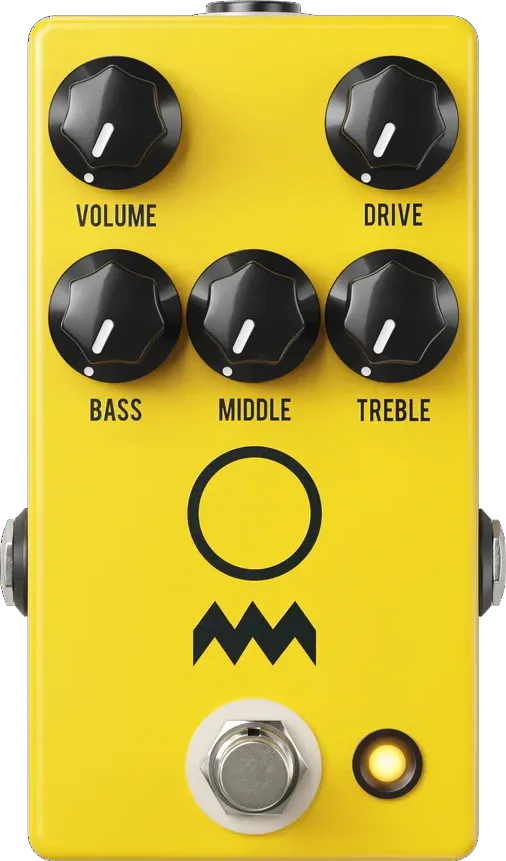1966 Series Boost

Description
In 1966 the electric guitar was still in its infancy. As early as the mid-1940's guitarist had discovered the magic of turning up their valve amplifiers to create overdrive and distortion, but this sound was a very new frontier. In 1962 we saw the first mass-produced fuzz box in the Maestro Fuzz-Tone as well as the second-ever in 1965 by Sola Sound, the Tonebender. These fuzz boxes produced massive amounts of distortion and fuzz within themselves, even if your amp's tone was clean. In 1966 a company called Dallas Musical LTD who was known for producing amplifiers and guitars released something different, a first of its kind. The name of this effect was the Rangemaster Treble Booster. It wasn't a pedal but a stand-alone box with no footswitch that sat on your amplifier. The Rangemaster is similar in design to what we consider a fuzz to be, but the sound is not. In 1966, English manufactured amplifiers such as Vox and Marshall were much darker than the American made Fenders. This new effect unit allowed you to boost the middle and high-frequency range of your guitar into these darker amps so that you could achieve a brighter and more aggressive tone that would cut through a band mix. It also gave the guitarist a powerful amount of boost/volume that could push the preamp valves into beautifully overdriven and distorted tones. This circuit gave us some of the most beloved tones in guitar history as players like Rory Gallagher, Brian May, Tony Iommi, Marc Bolan, and Billy Gibbons made it their secret weapon. As with most classic fuzz pedals, it loves a dirty amp or overdrive afterward in the signal path. Staying true to the original, I used high-grade carbon composition resistors, oversized capacitors, and a single germanium transistor that I hand-selected. Each small batch of Boosts will use different transistors as it is challenging to find reliable sources of these devices in large quantities. The circuit uses vintage positive ground voltage, so do not daisy chain your power with other pedals. Inside the pedal is a battery snap or use any isolated power supply with a normal polarity power cable like your other pedals as I have wired it internally to work that way. The Boost is identical to the original except that I adjusted the taper of the pot to feel more intuitive. I also added a single power supply filter capacitor to help with noise and pull-down resistance to relieve switch pop. The switching is true-bypass. Each pedal in this batch is built-in identical form, but because of parts tolerances and the slight variance in the transistors, they will all be a bit different while still being the same. Be sure to always have this pedal first in your signal chain; the guitar must be plugged into its input due to the impedance it requires on its input, no exceptions.



